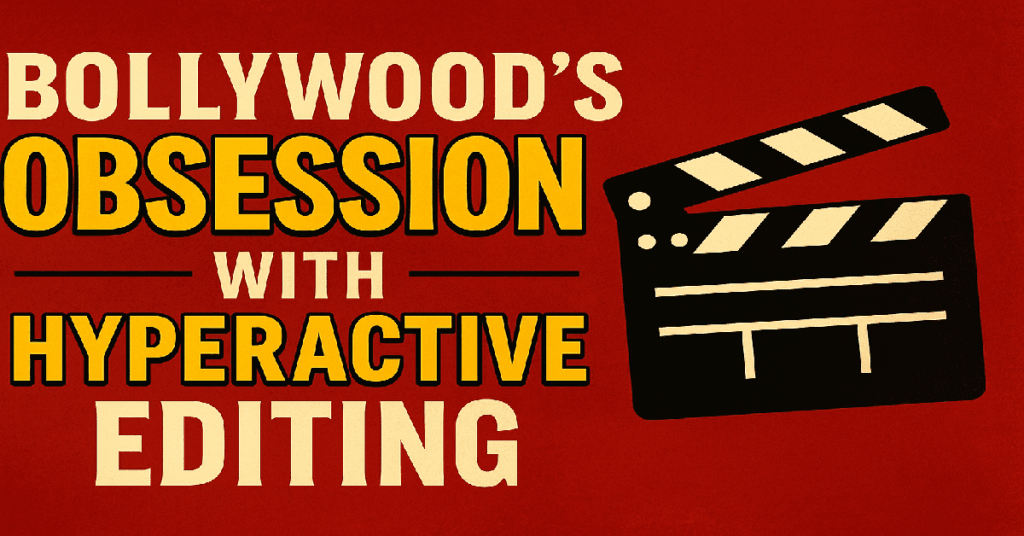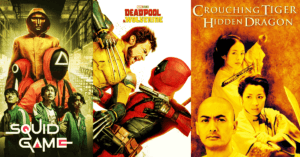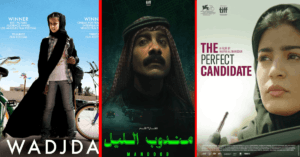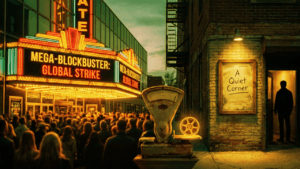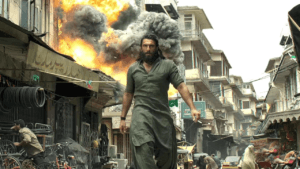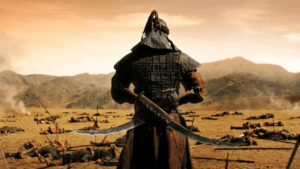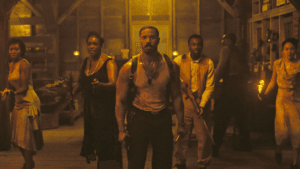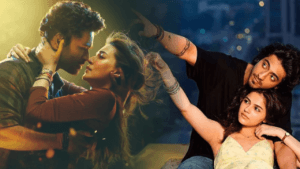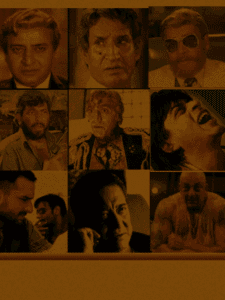If you ever feel like blinking during a Bollywood film, don’t. Because chances are, you’ll miss about 15 cuts in that fraction of a second. Editing in Bollywood is not just a technical necessity—it’s a spectacle, an over-the-top visual carnival that ensures audiences remain engaged, even if it means chopping every scene into a hundred tiny pieces. If Hollywood or European cinema values “less is more,” Bollywood firmly believes “more is never enough.” Lets discuss the Bollywood’s Obsession with Hyperactive Editing.
Why Cut Once When You Can Cut 500 Times?
Bollywood editors seem to operate on a simple rule: If a scene can be cut once, it can be cut a hundred times. A simple conversation? Let’s shoot it from five angles and edit it like it’s an action sequence. A person walking into a room? Why not have three different perspectives of that moment? Even the most mundane action, like picking up a cup of tea, gets treated like a high-stakes thriller.
In contrast, Hollywood, European, and even Korean films value longer takes. A conversation might be covered in a single shot, allowing actors to perform naturally and emotions to unfold organically. In Bollywood, however, emotions are chopped into fragments, forcing audiences to process a new frame every half-second.
Slow-Motion: Because Normal Speed is for Amateurs
Bollywood operates on the belief that the slower something happens, the more dramatic it becomes. A hero making his entrance? Slow motion. A heroine turning around? Slow motion. A mother dropping a plate out of shock? Slow motion. If a regular walk takes five seconds in real life, Bollywood will stretch it to twenty, ensuring audiences have ample time to admire the actor’s flowing hair and determined expression.
Compare this to world cinema, where slow motion is used sparingly for emphasis rather than as a default editing choice. In Bollywood, slow-motion shots are not about building tension—they are about maximizing visual spectacle, even when unnecessary.
The Reaction Shot Olympics
In Bollywood, one person’s shock is everyone’s business. If a character hears bad news, the editor ensures that every single person in the room gets a reaction shot. The hero’s mother, the villain, the sidekick, the chaiwala in the background, even the family dog—everyone must have their moment. These cuts happen so fast that by the time the camera returns to the main character, audiences have already forgotten what the original news was.
Compare this to Japanese or Scandinavian cinema, where reaction shots are minimal, and the power of a moment is often conveyed through silence and subtle facial expressions. Bollywood, on the other hand, believes audiences need to be spoon-fed emotions, which is why even a minor revelation feels like an earthquake on screen.
Songs: Where Time, Space, and Logic Cease to Exist
Bollywood songs are famous for defying reality. A character confesses their love? Cut to a foreign country where they are now dancing with 100 backup dancers. The hero and heroine fight? Cue a song where they are suddenly wearing coordinated outfits in a rain-drenched dream sequence. And the editing? Fast cuts, dizzying transitions, and visual overload designed to make sure no single shot lasts more than two seconds.
Western musicals like La La Land or Les Misérables integrate songs organically into the narrative, allowing musical numbers to feel like natural extensions of the story. In Bollywood, however, songs are often edited as standalone music videos, breaking the flow of the film rather than enhancing it.
Flashbacks in Case You Forgot What Just Happened 30 Seconds Ago
Bollywood filmmakers don’t trust the audience’s memory. That’s why they insert flashbacks at every opportunity. A character remembering a tragic past? Here’s a montage of previous scenes, just in case you weren’t paying attention. Sometimes, the same flashback appears multiple times in the same film, as if the audience has the retention span of a goldfish.
In contrast, international cinema uses flashbacks judiciously, only when necessary. Films prefer showing rather than telling, allowing subtext to do the work. Bollywood, however, believes in hammering every emotional beat home with maximum force.
Because Subtlety is Overrated
If emotions are meant to be felt, Bollywood believes they should also be magnified—literally. Enter the dramatic zoom-in. When a villain hatches a plan, expect a triple zoom-in on his face from different angles. When a character realizes something shocking, expect a rapid succession of close-ups that make sure no one in the audience misses their widened eyes.
In European cinema, a moment of realization is often conveyed with a subtle change in expression, captured in a single, uninterrupted shot. But in Bollywood, subtlety is for cowards. The philosophy here is simple: if you don’t zoom in, did the emotion even happen?
Why Do All Bollywood Films Look the Same?
The problem with Bollywood’s hyperactive editing is that it makes films feel formulaic. Every movie, regardless of genre, follows the same editing principles: rapid cuts, excessive slow motion, reaction shot overload, and high-energy musical sequences. This results in films that lack individuality. Unlike Korean or French cinema, where a film’s editing style often reflects its mood and themes, Bollywood treats every film as an exercise in maximum stimulation.
Consider the difference: Parasite (South Korea) uses smooth, deliberate cuts to build tension, while Drive (Hollywood) relies on long takes and minimal edits to create atmosphere. Meanwhile, in Bollywood, whether it’s a serious drama or a masala entertainer, the editing style remains virtually identical.
Even Faster, Even Louder?
While Bollywood has started evolving in terms of storytelling, its editing techniques remain largely unchanged. Films like Gully Boy or Andhadhun showed glimpses of restraint, but mainstream cinema still adheres to the same formula. If current trends continue, the future might be even more chaotic—faster edits, more slow-motion, and even more aggressive reaction shots. Who knows? Maybe one day, Bollywood films will be edited so fast that they finish before they even begin.
Until then, if you’re watching a Bollywood film, stay alert. Because if you blink, you might just miss half the movie.

